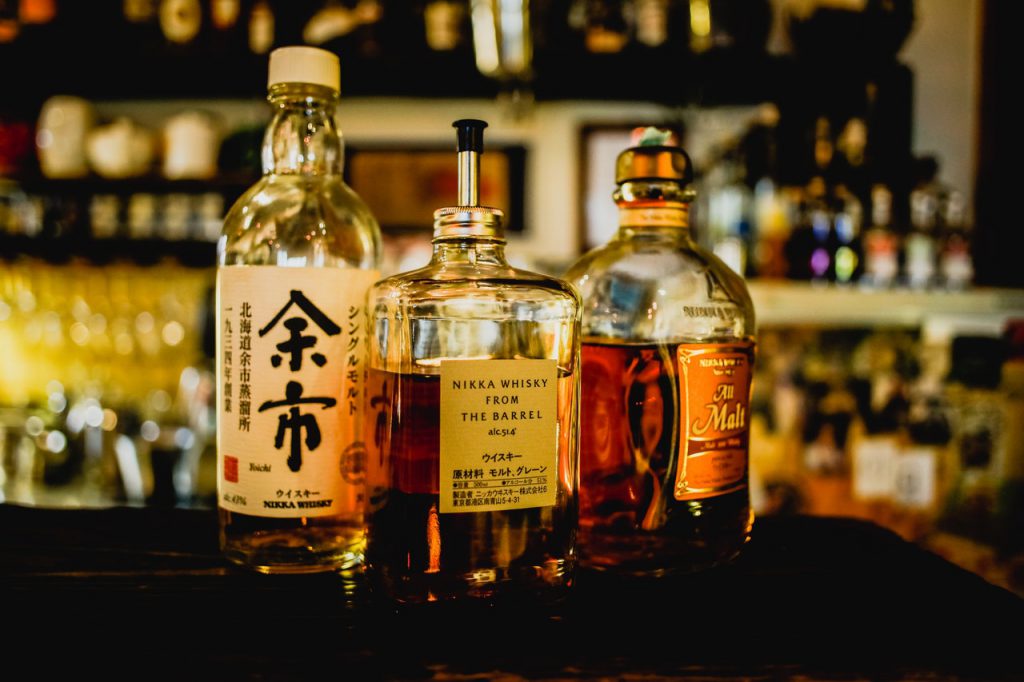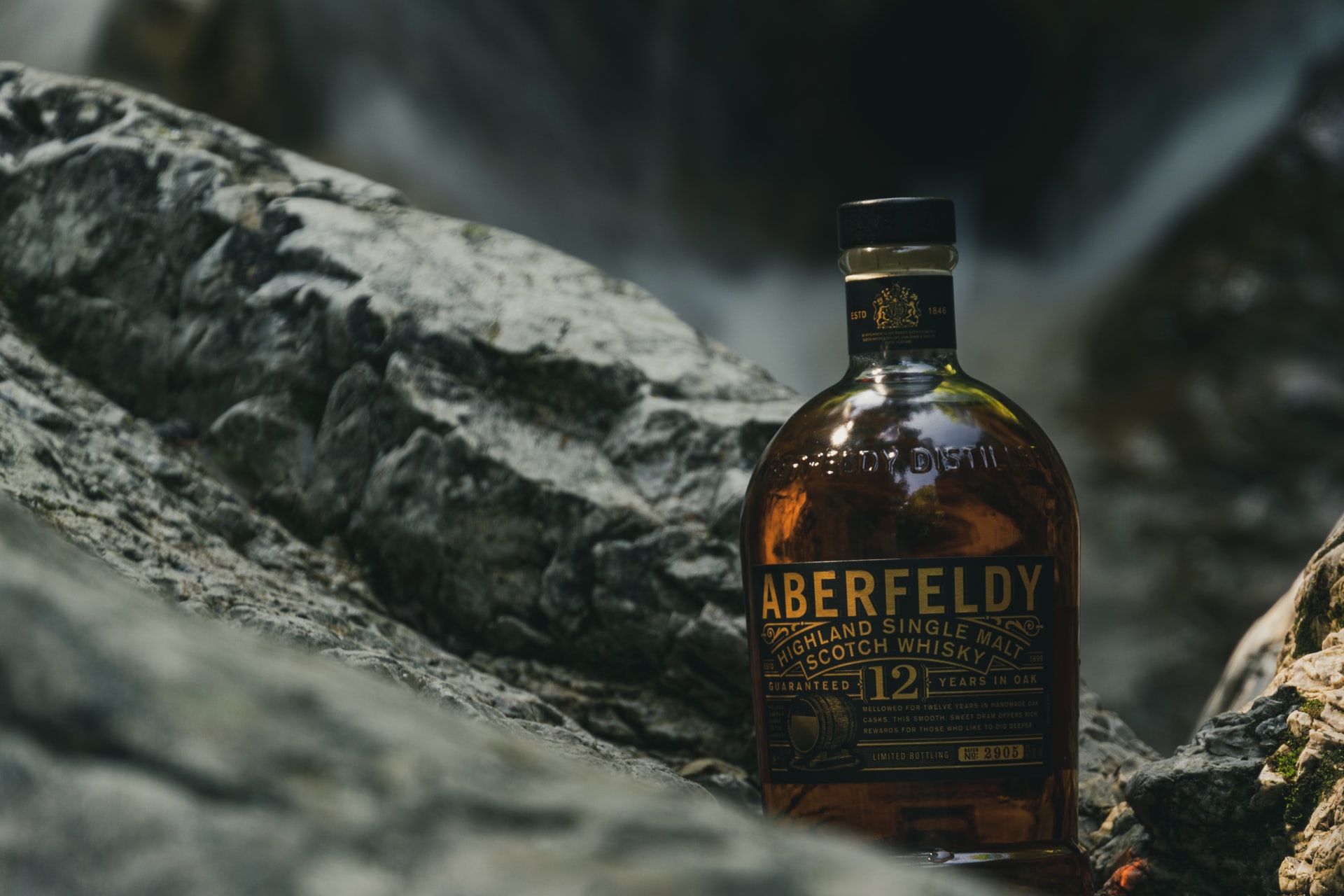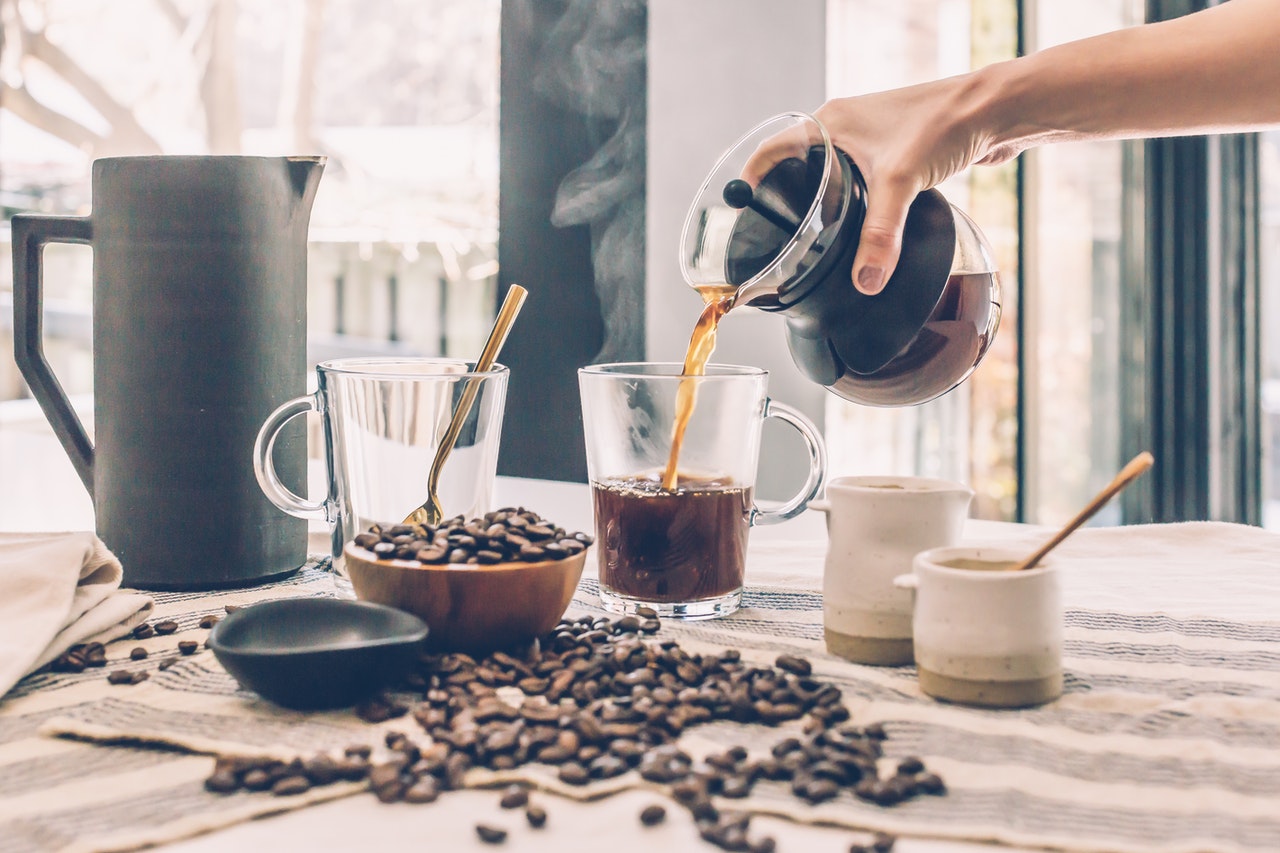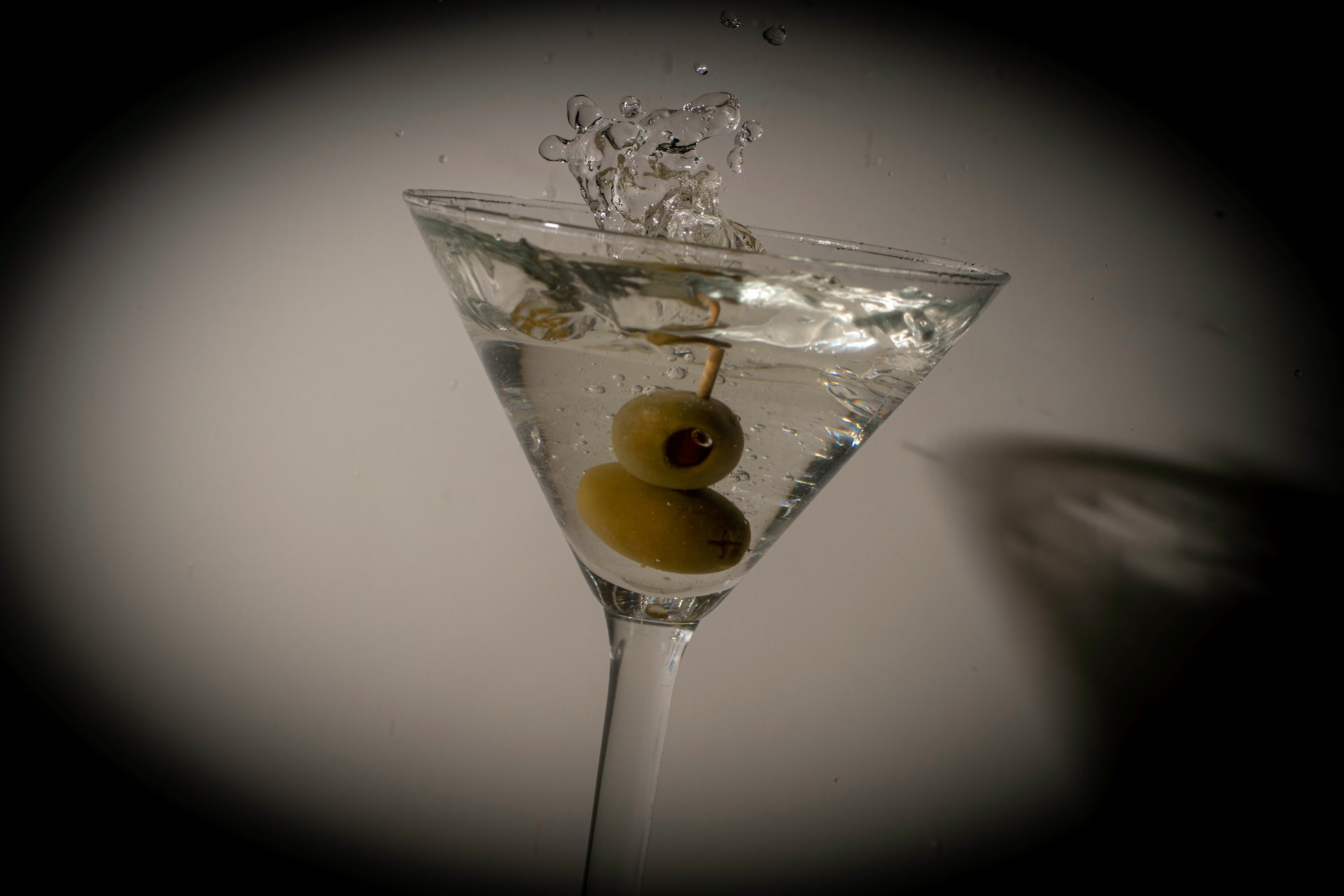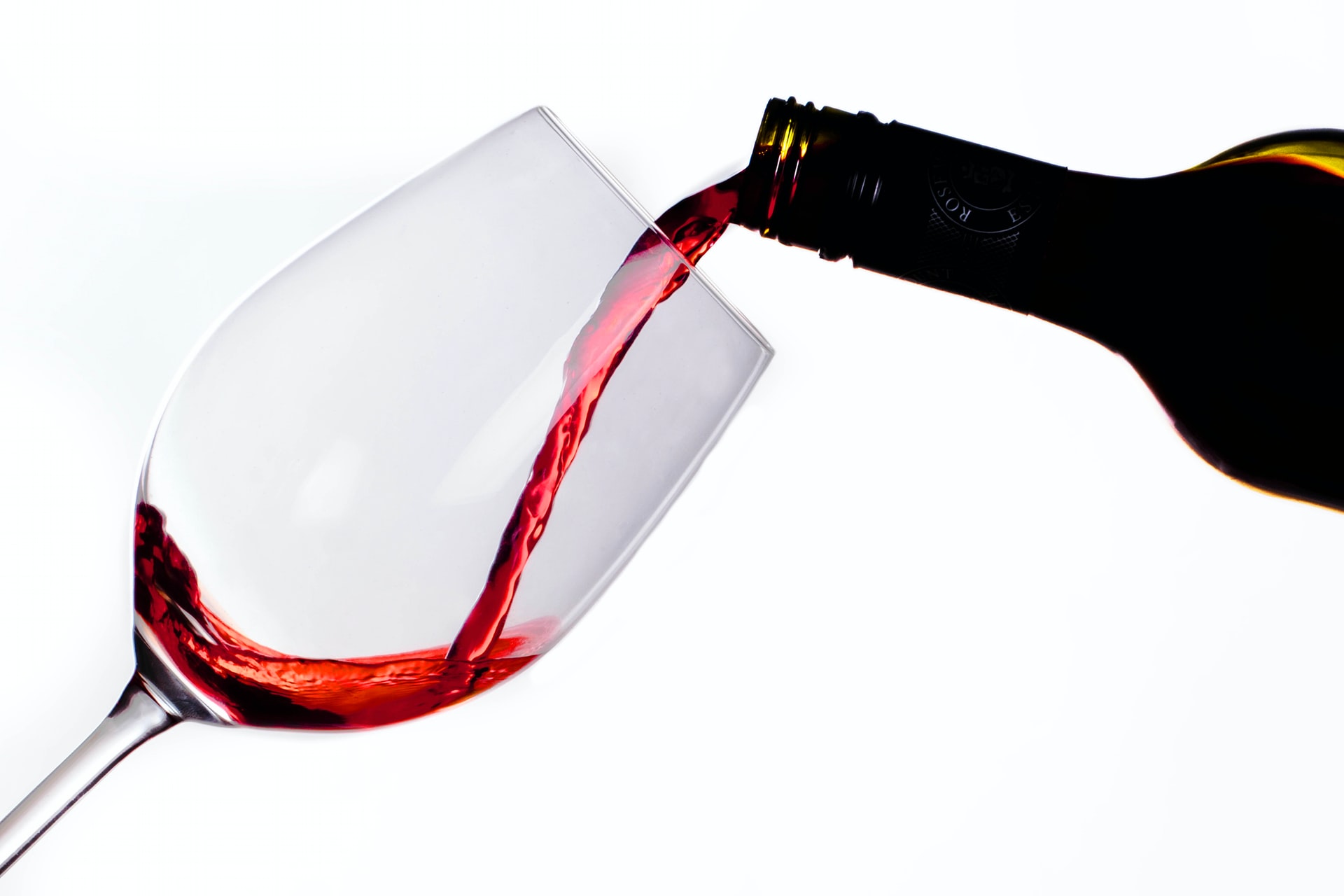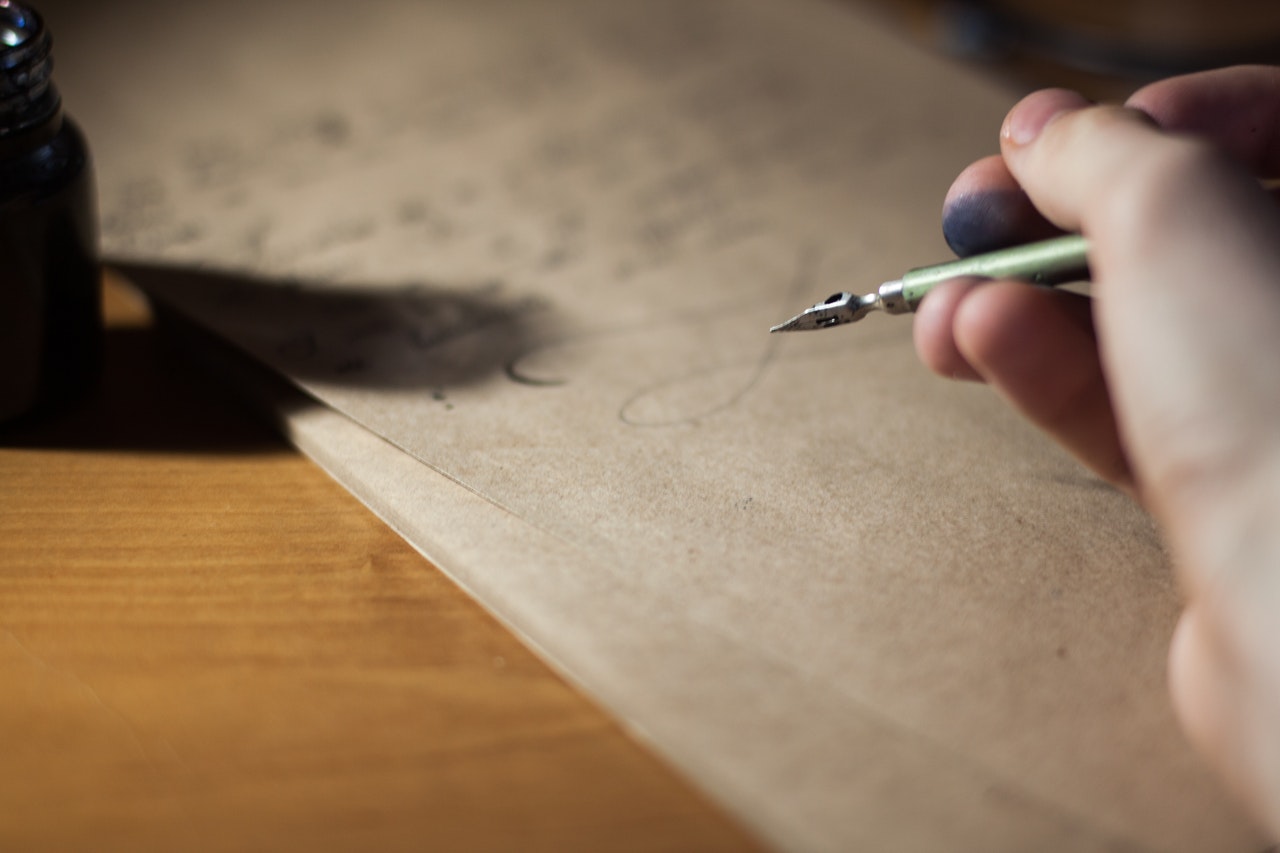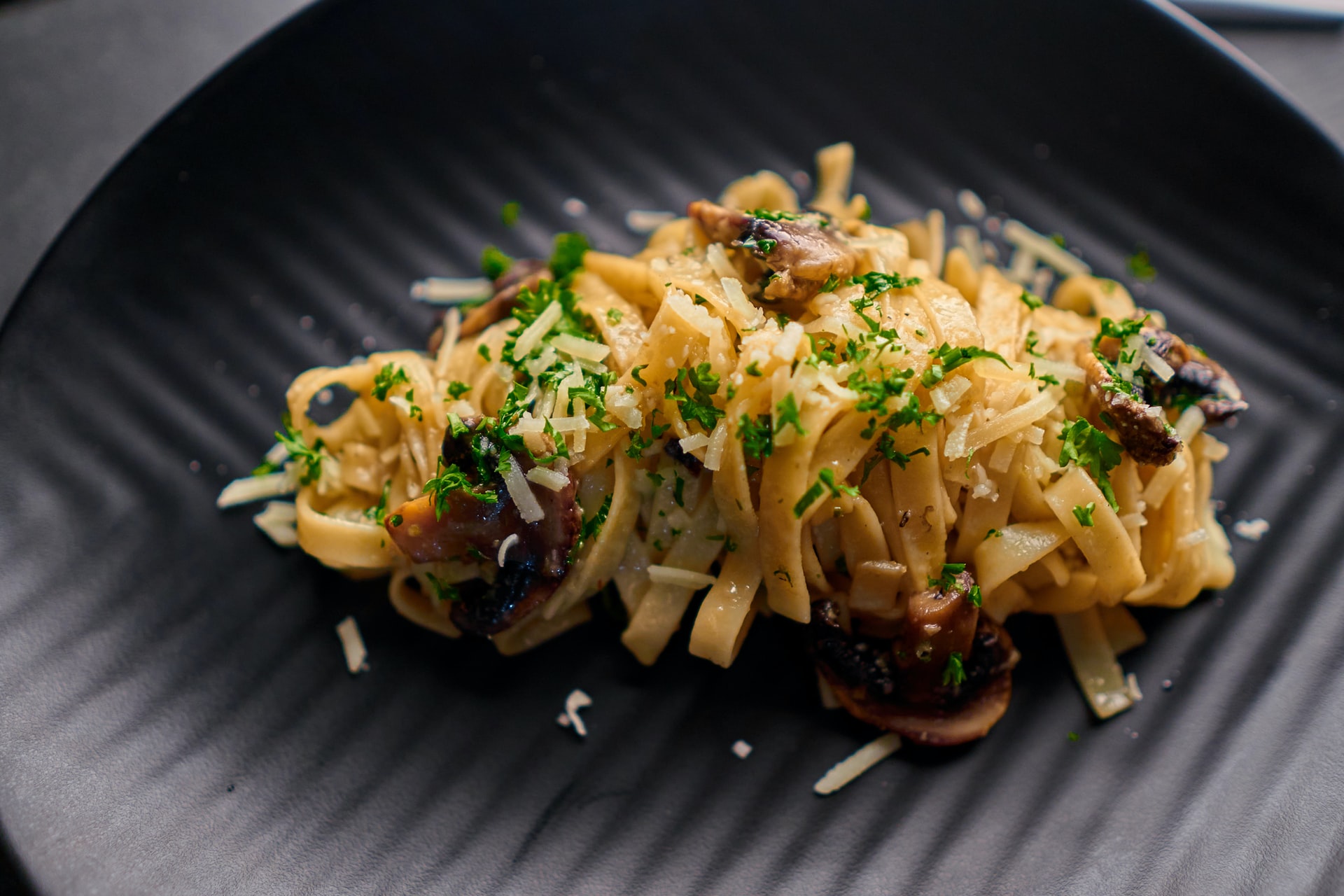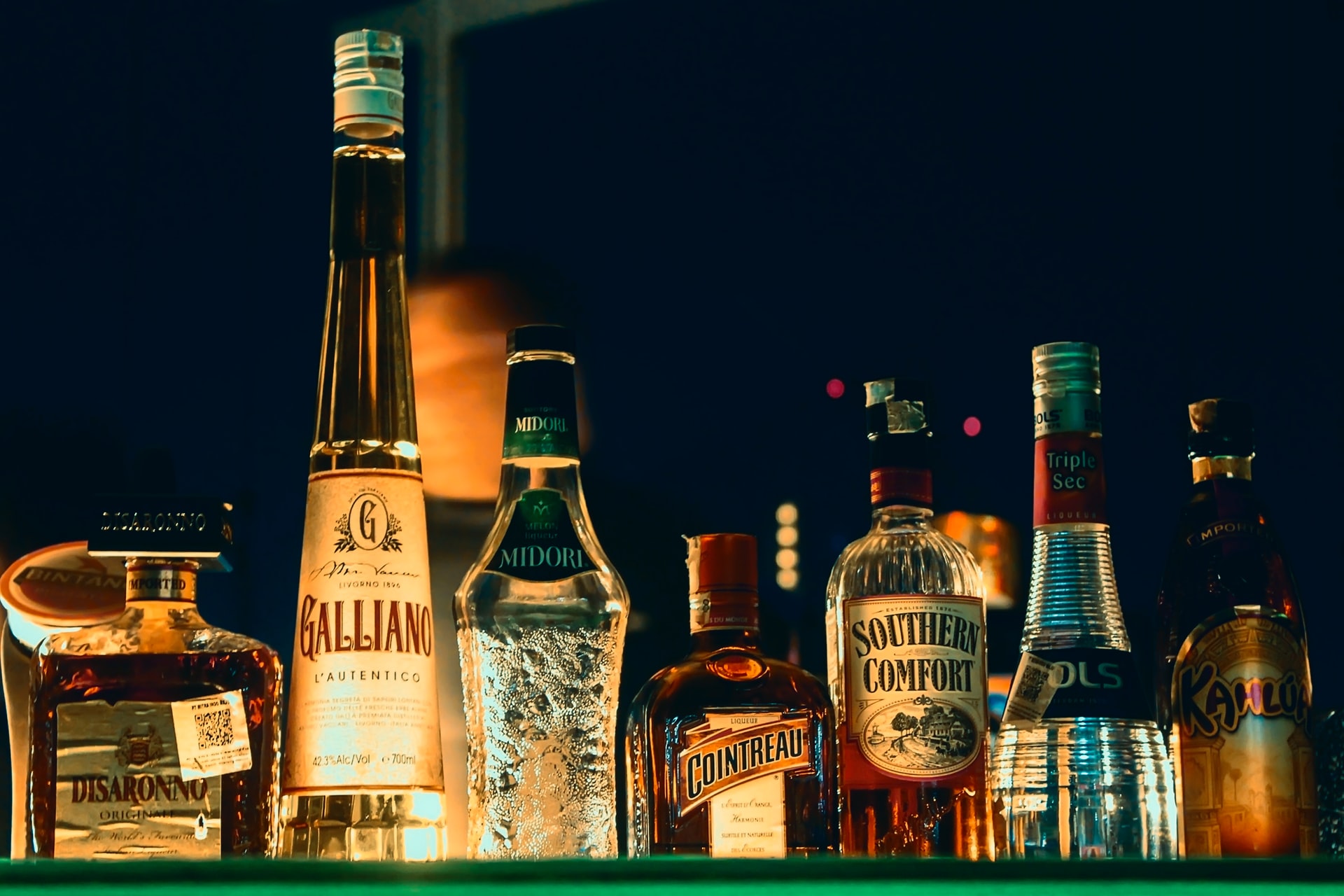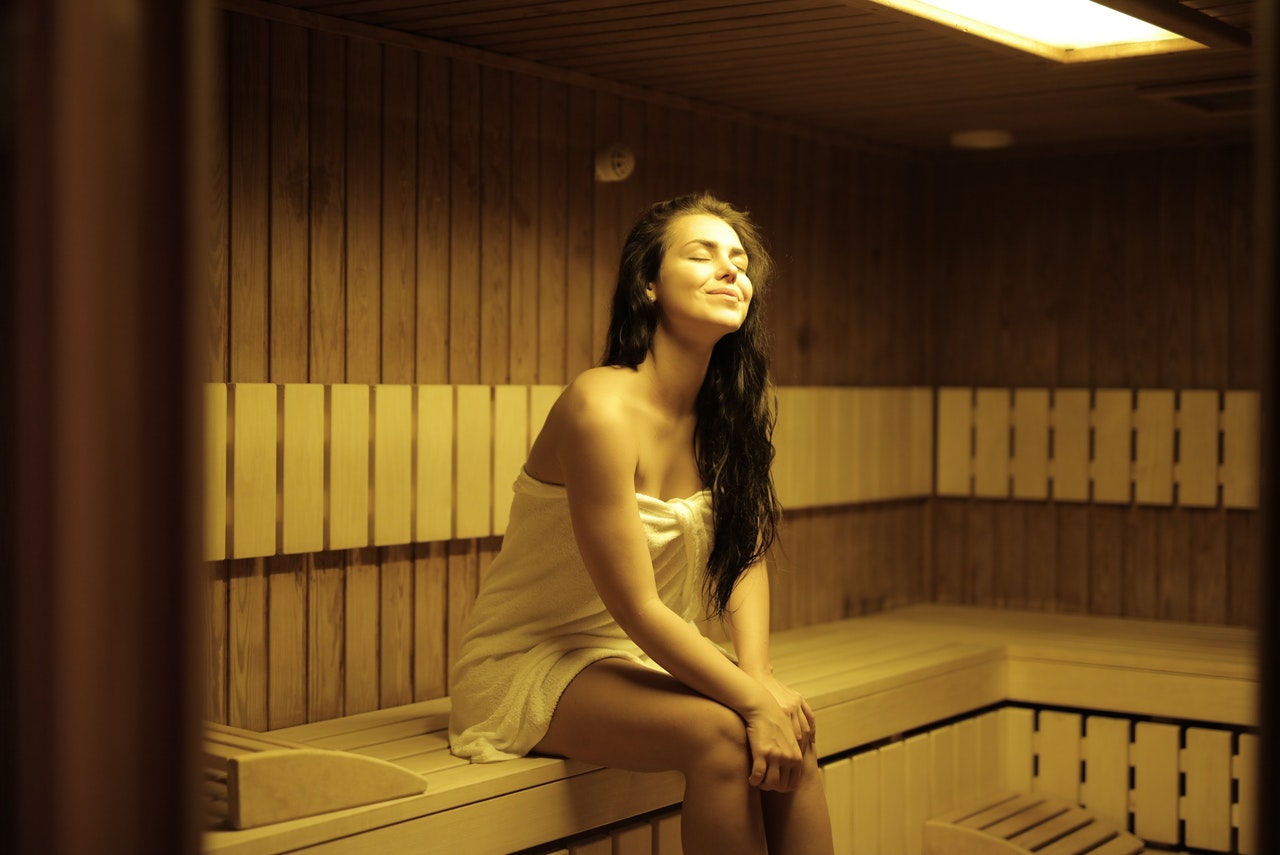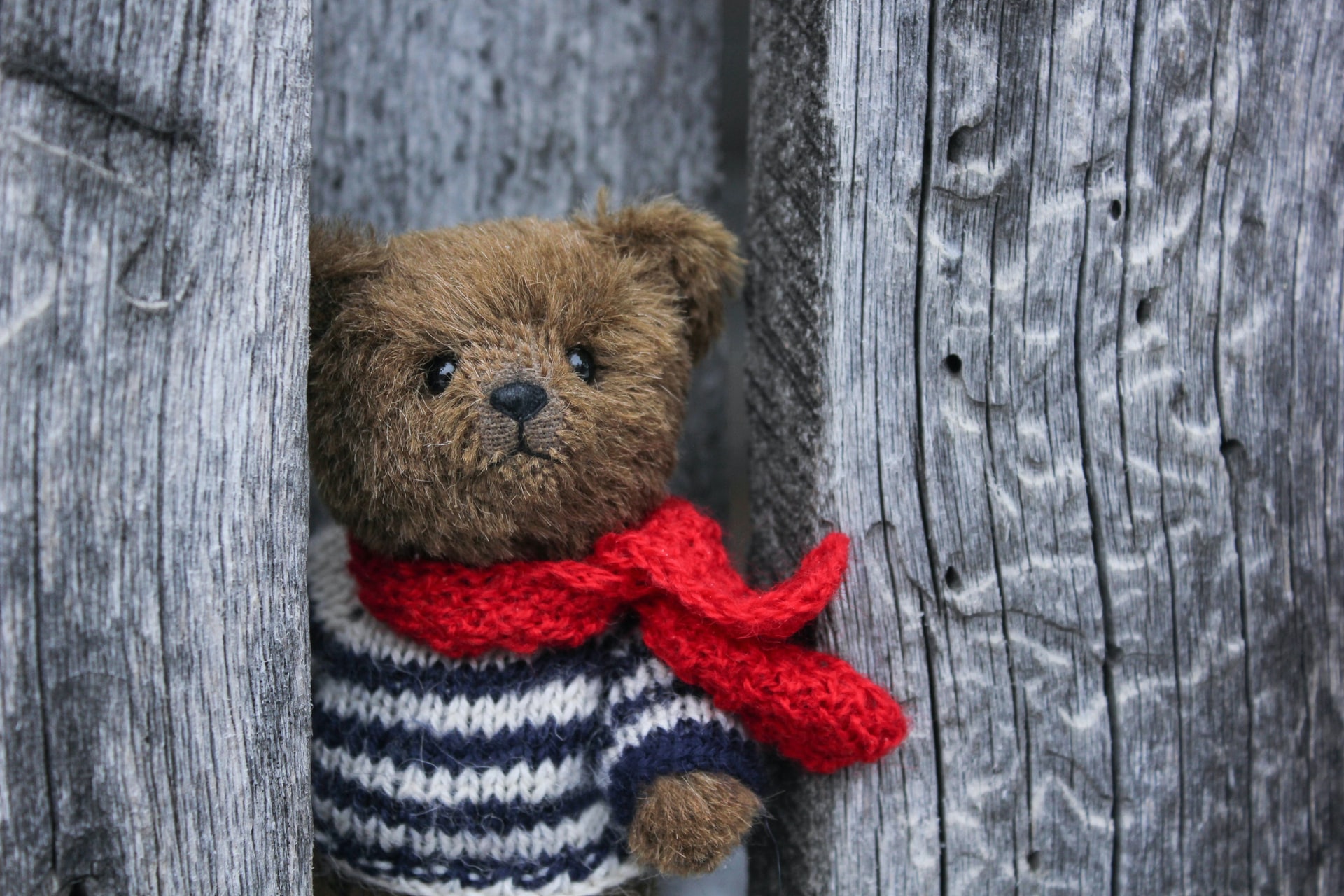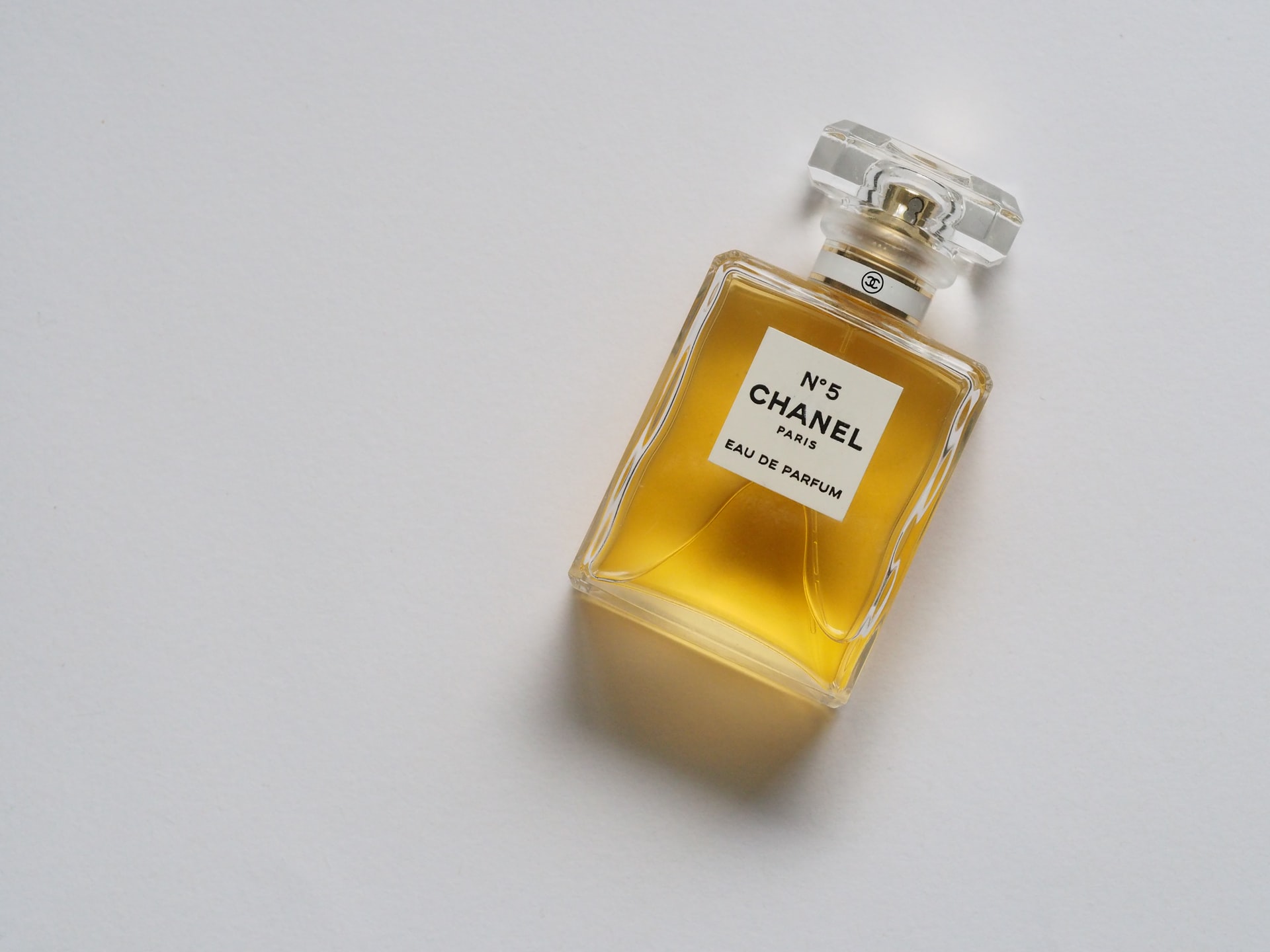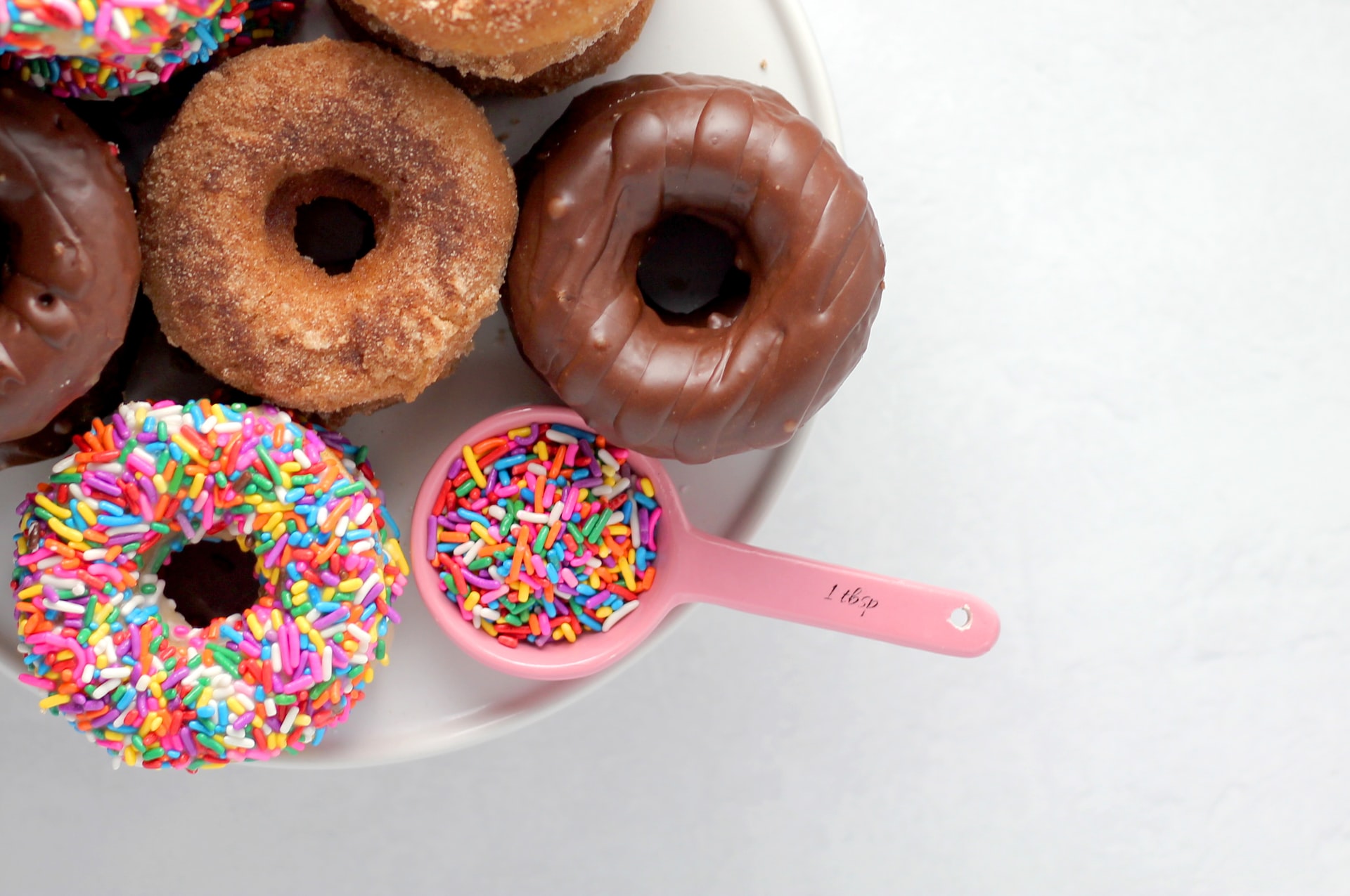Reading Time: < 1 minutes
- Whisky is made by ‘malting’ grains such as barley, corn, maize, wheat or rye, which have starch and protein.
- Malting is a process of soaking grain so that it begins to germinate (show sprouts) and then suddenly halting the germination by drying it.
- This process changes the name of Grain to Malt.
- Now malt is powdered (not fine powder) and mixed with lots of hot water and put in a large vessel.
- Sugars in the malt dissolve and make the liquid sweet; this sweet liquid is called wort.
- With the sweet liquid, there is some solid waste as well; this solid waste in the vessel is removed and given/thrown away.
- Yeast is added to the wort and it feeds on sugar.
- Yeast is a living being and, like all of us, it produces waste from what it eats.
- The waste it produces is Carbon Dioxide and Ethanol, and Ethanol is alcohol.
- This mixture is added to very large kettles (Stills) and put to boil; boiling causes evaporation and the vapour sticks to the top of the kettles, which is collected as liquid (condensation).
- This whole process of boiling liquid and collecting vapour is called distillation and it removes impurities and causes the alcohol level to concentrate.
- The same process is done once again to enhance the quality and alcohol concentration further.
- This fine liquid is stored in oak casks for years (a minimum of 3 years in case of scotch) before it is bottled and sold.
Reference shelf :

